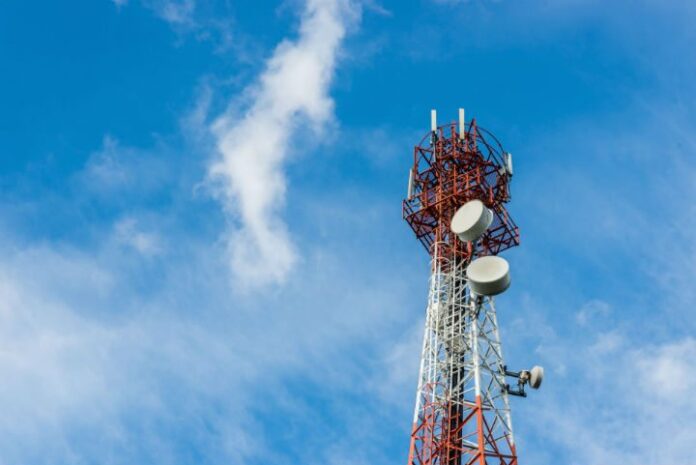Wireless infrastructure expected to continue growth track
CEO of Digital Bridge Marc Ganzi, gave a state of the union of sorts for the wireless infrastructure industry in his keynote address at the South Wireless Summit.
He spoke about the robust growth expected in the industry over the next few years as carriers try to keep up with the mobile data explosion.
According to Cisco, global mobile traffic grew 81% in 2013 and it appears that number is only expected to keep growing.
One of the main reasons for this bullish outlook is the rapid growth in the machine-to-machine market that includes wearables and smart grids. The emergence of video as the dominant driver of mobile data traffic is another huge factor adding to the unprecedented growth.
This is all good news for carriers and infrastructure builders, but it comes with challenges.
Ganzi sees five options for carriers and infrastructure companies to keep up with demand. Those options include more tower sites, small cells, Wi-Fi, fiber to cells and data centers.
Access to capital is the one consistency among all these asset classes according to Ganzi.
While private equity is spending an enormous amount on small cell, fiber to the cell and data centers while backing away from towers, lenders still prefer the stability of towers.
Prospects for new cell site demand is expected to see 45% annual growth.
“If we really had no impact of improving spectral efficiency, if we don’t have more spectrum and we don’t have improvements in device technology,” Ganzi said, “we go from having 300,000 cell sites in the U.S. to having a need for 4.3 million.”
This is a big problem because there is no way for builders to keep up with this type of demand.
Ganzi sees three areas that need to be addressed simultaneously in order to keep networks from being overloaded: new spectrum, better spectral efficiency and new towers.
New spectrum has been released and carriers have strong incentives to move consumers up the “food chain” of devices to improve spectral efficiency.
DAS and Wi-Fi offloading have been talked about to help take some of the load off of the network. DAS provides a cheaper alternative to towers in most dense locations while the suburbs remain a battle ground between DAS and tower. DAS helps to fight underlay and “fill-in” small holes in coverage.
Google has talked about Wi-Fi offloading as weapon of choice to avoid buying spectrum and building tower sites. With that, a lot of investors’ energy and attention is focused on Wi-Fi offloading.
Ganzi doesn’t believe the hype. He argues that consumers already use Wi-Fi and much of the offloading is already happening. More than 60% of mobile data usage is already Wi-Fi, and that number is expected to grow by only 5% in the coming years.
But with all these options, Ganzi said, towers are still preferred. He expects 80,000 macro-sites to be built over the next three to five years with all four major carriers spending on infrastructure for the first time since 1997.
This is no doubt good news for those who were in the room at the South Wireless Summit, but it also means they have a lot of work to do.

